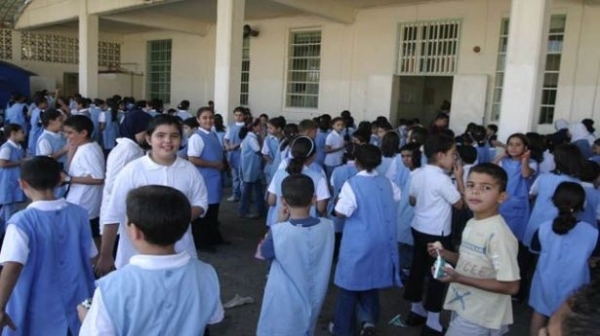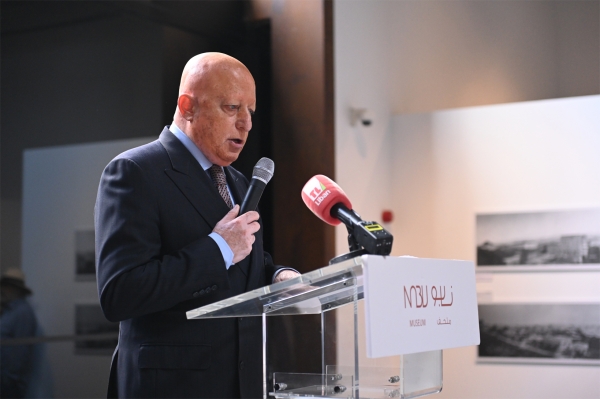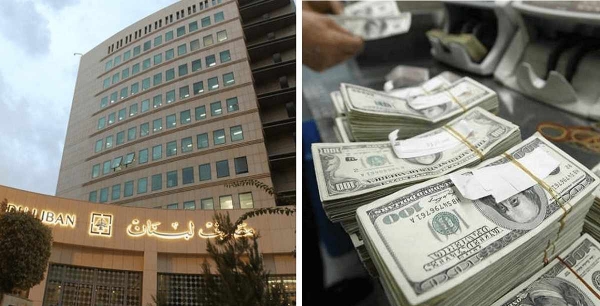Decline in Public Schools’ Student Population-30% in the public sector, 70% in the private
To serve this purpose, substantial amounts have been allocated throughout the years to establish new schools or renovate old ones and to adjust curricula, train teachers and increase their pay in a bid to encourage better teaching practices. Unfortunately, all these attempts have proved to be futile as the number of students applying for public schools keeps declining year after year. Although private schooling is known to cost a pretty penny in Lebanon, the Lebanese find themselves resorting to this choice due to their lack of trust in the academic performance of public schools. This low confidence in public education manifests itself clearly when public school teachers opt for enrolling their children in private schools rather than in the ones they work at.
|
Evolution of student population by education sector |
Table 1 |
||||||
|
Scholarly year |
Public schools |
Private schools |
Private free schools |
Total no. of students |
|||
|
Student population |
(%) |
Student population |
(%) |
Student population |
(%) |
||
|
1972-1973 |
298,314 |
44.9 |
237,597 |
35.7 |
129,390 |
19.4 |
665,301 |
|
1991-1992 |
236,253 |
32.6 |
369,566 |
51 |
119,014 |
16.4 |
724,833 |
|
1992-1993 |
239,866 |
32.7 |
380,202 |
51.9 |
113,160 |
15.4 |
733,228 |
|
1993-1994 |
235,820 |
30.7 |
420,128 |
54.5 |
114,651 |
14.8 |
770,599 |
|
1996-1997 |
285,188 |
33 |
468,380 |
54.2 |
110,519 |
12.8 |
864,087 |
|
1997-1998 |
302,666 |
34.5 |
468,334 |
53.4 |
106,730 |
12.1 |
877,730 |
|
1998-1999 |
320,936 |
36.8 |
455,144 |
52.2 |
95,501 |
11 |
871,581 |
|
1999-2000 |
332,522 |
37.9 |
443,281 |
50.5 |
101,317 |
11.6 |
877,120 |
|
2000-2001 |
347,498 |
39 |
432,822 |
48.5 |
111,200 |
12.5 |
891,520 |
|
2001-2002 |
351,177 |
39 |
434,673 |
48.3 |
113,658 |
12.7 |
899,508 |
|
2002-2003 |
348,304 |
38.5 |
442,815 |
48.9 |
114,326 |
12.6 |
905,445 |
|
2003-2004 |
348,144 |
37.9 |
455,532 |
49.6 |
114,935 |
12.5 |
918,611 |
|
2004-2005 |
337,622 |
36.8 |
465,130 |
50.7 |
114,194 |
12.5 |
916,946 |
|
2005-2006 |
324,651 |
35.6 |
471,409 |
51.7 |
115,254 |
12.7 |
911,314 |
|
2006-2007 |
326,503 |
35.5 |
467,093 |
51 |
124,281 |
13.5 |
917,877 |
|
2007-2008 |
301370 |
33.2 |
480,440 |
52.9 |
126,391 |
13.9 |
908,201 |
|
2009-2010 |
285399 |
31.4 |
497,530 |
54.6 |
126,812 |
14 |
909,741 |
|
2010-2011 |
276119 |
30.5 |
504,024 |
55.6 |
125,728 |
13.9 |
905,871 |
|
2011-2012 |
275655 |
30.2 |
509,979 |
56 |
126,240 |
13.8 |
911,874 |
Source: Statistics published by the Educational Center for Research and Development
Table 1 illustrates the following:
- Between 1973 and 2012, the student population in pre-university education increased from 665,301 to 991,874, i.e. by 246,573 students or 37%. This percentage differed from one sector to another. The public education sector recorded a decrease in student population from 298,314 to 275,655, i.e. by 22,659 students or 7.6% while the private sector featured a sharp increase of 114.6% or 272,382 students. A limited decrease of 3150 students or 4.4% was evident in private free schools during the same period.
- Between 1992 and 2012, the student population grew by 187,041 students or 25.8%. The number of students attending public schools rose by 16.7%, equaling 39,402 students. Similarly, there was an increase in both private schools and private free schools with 140,413 additional students or 38% enrolled in the former and 7226 students or 6% in the latter.
- The public schools’ share of students dropped from 44.9% in 1973 to 30.2% in 2012, a percentage expected to drop further in the next few years if no measures are taken to push up the levels of confidence in public education. On the other hand, private schools increased their share of student population from 35.7% to 56% while private free schools decreased theirs slightly from 19.4% to 13.8%.
- Between 1996 and 2002, private school students moved to public schools, thus pushing its share of total student population from 33% up to 39% while the intake of private schools decreased from 54.2% to 48.3%. Private free schools witnessed very small fluctuations with their student share vacillating between 12.7% and 12.8%.
- As of the scholarly year 2002-2003, the trend was reversed and the size of the student population in the public sector started shrinking, until it reached 30.2% of the total student population by 2012, down from 39%. Conversely, the share of private schools rose from 48.3% to 56%.
- Private free schools’ student intake decreased from 19.4% in 1973 to 11% in 1997. This sector began its recovery in the following years and hosts today 14% of the student population. The decline in student numbers in this sector is ascribed to the closure of several private free schools due to their incapacity to bear overheads costs amid the delay in state contributions.
Should this trend of decline in the numbers of students enrolling in Lebanon’s public schools continue, it is expected that only 22% of the student population would attend state schools by 2050.
Evolution of School Numbers
The total number of schools rose from 2299 in 1992 to 2717 in 2012. The highest increase was seen in the private sector at 60%. The number of public schools grew by 1.6% while private free schools shrank by 1.6% as illustrated in the following Table 2.
|
Evolution of the number of schools by sector |
Table 2 |
|||
|
Year |
Public schools |
Private schools |
Private free schools |
Total |
|
1991-1992 |
1262 |
673 |
364 |
2299 |
|
1992-1993 |
1296 |
703 |
362 |
2361 |
|
1993-1994 |
1287 |
786 |
373 |
2446 |
|
1998-1999 |
1343 |
985 |
391 |
2719 |
|
1999-2000 |
1324 |
972 |
381 |
2677 |
|
2000-2001 |
1335 |
959 |
377 |
2671 |
|
2001-2002 |
1361 |
967 |
370 |
2698 |
|
2002-2003 |
1366 |
967 |
371 |
2704 |
|
2003-2004 |
1394 |
1014 |
373 |
2781 |
|
2004-2005 |
1405 |
1026 |
368 |
2799 |
|
2006-2007 |
1393 |
1040 |
379 |
2812 |
|
2009-2010 |
1365 |
1073 |
369 |
2807 |
|
2010-2011 |
1281 |
1072 |
363 |
2716 |
|
2011-2012 |
1282 |
1077 |
358 |
2717 |
Source: Educational Center for Research and Development
The government does not spend on public education alone, but also on private education through the scholarships and subsidies it offers. In turn, parents bear the expenses of tuition in private schools, which translates in high costs for everyone, while all that is needed is a comprehensive plan aimed at improving the public school system so that the Lebanese have a more balanced choice which schooling sector they wish to choose.








Leave A Comment